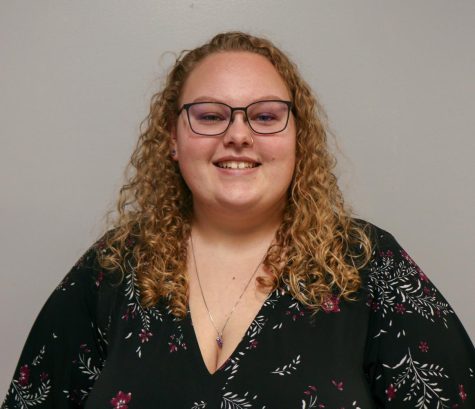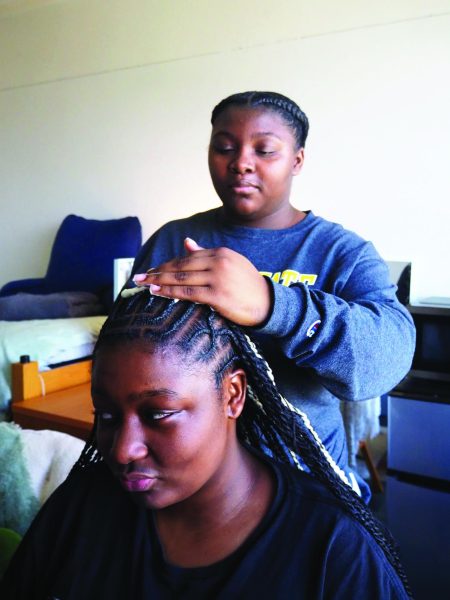Presentation brings suicide awareness
WSC students learn steps to prevent suicide
October 2, 2019
Andres Sandoval held a presentation on suicide awareness on Sept. 25 in the Frey Conference Suite in the Kanter Student Center. Sandoval works with LivingWorks Education as an advocate.
“Suicide, most of the time, starts with a mental illness,” Sandoval said.
He posed the question, “Why should we talk about suicide?” He went on to explain that talking allows others to open up. It brings awareness and people can see warning signs if they are educated.
Sandoval said the suicide rate in Nebraska sits in the middle of the spectrum. According to Sandoval, Nebraska’s first leading cause of death is unintentional accidents, followed by suicide.
He said states like New York and New Jersey have the lowest rates of suicide because awareness is state-wide and there are no stigmas surrounding suicide or suicidal thoughts and actions. Suicide prevention and awareness are not wide-spread in most communities, but New York and New Jersey have stripped away the stigma and their rates of suicide have gone down since then.
Sandoval said suicide is part of human behavior, and briefly talked about how to address someone who was having suicidal thoughts or actions. He introduced TALK, an acronym for people with suicidal thoughts. T stands for “I need to TELL”, A is “I need someone to ASK”, L represents “I need someone to LISTEN” and K stands for “I need help KEEPING SAFE.”
A person should tell someone or several people about their thoughts of suicide. That person will be watching for reactions on whether or not they can trust the people they’re opening up to.
If someone has given a trusted person a reason that they might be thinking about suicide, that person should ask directly, clearly and as soon as possible what they are thinking about.
Friends and family should be good listeners because they haven’t talked to anyone about suicide. Let them tell you what they’re thinking and not what you think they should be saying.
People with suicidal thoughts typically have a plan. It is best to ask them directly what their plan entails. Once you have removed any objects or dangers, sit down and talk about any dangers that they might not be aware of.
A summary of TALK from a suicidal person’s point of view is: “I need to tell someone about my thoughts of suicide; I need someone to ask me about my thoughts of suicide; I need someone to listen to my thoughts and feelings about suicide; I need help keeping safe from suicide.”
The conference room was packed full of students.
“The suicide talk has made me understand why suicide is not talked about often,” Elizabeth Hendrickson, a WSC freshman, said. “I had a best friend die from suicide.”
“The suicide talk made me think what I could have done to stop people from harming themselves,” Vanessa Godin, another WSC freshman, said.
LivingWorks Education also provides safeTALK and ASIST programs for awareness and training. You can find more information about LivingWorks Education at livingworks.net.










Nicholas "Tre" Johnson • Oct 3, 2019 at 4:05 pm
I am a Survivor of the act titled as suicide and i want to say thank you to those whom may be apart of the student body and our faculty. I was a student here i few years back if not more, but sometimes you don’t really understand the power of your voice or kindness in
general so again thanks go wildcats ! I am currently still in the same situation but handling it much better much love to you guys and many more.